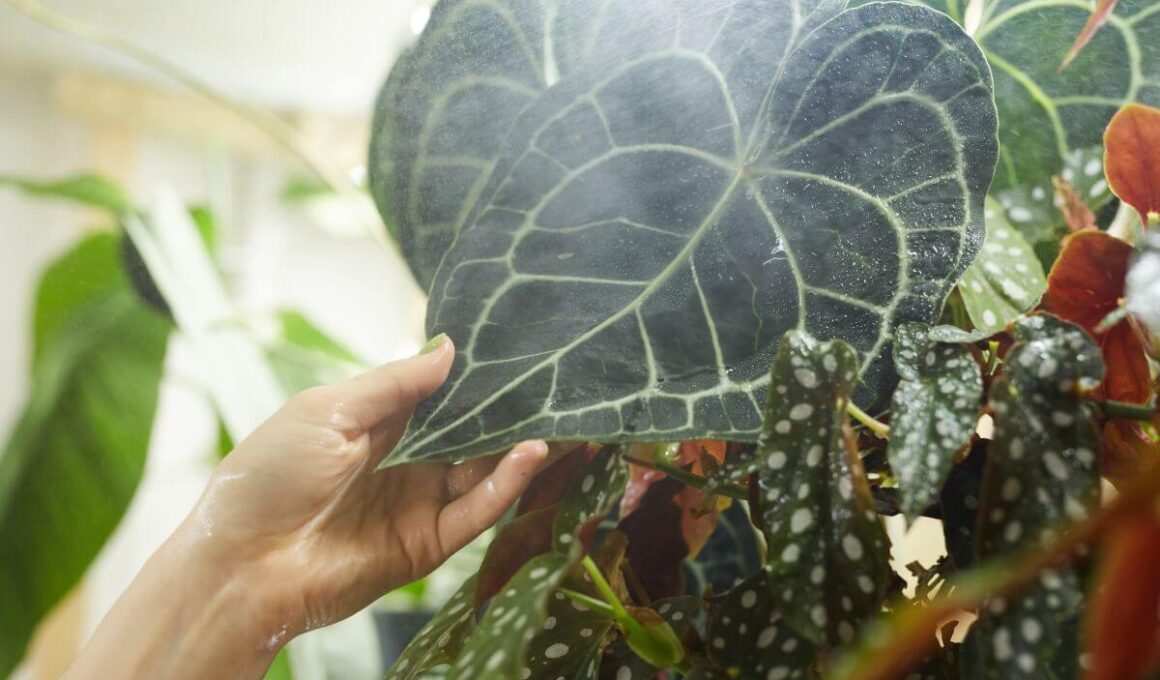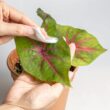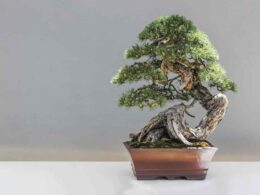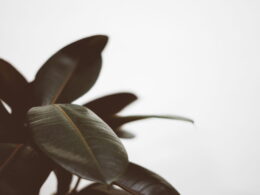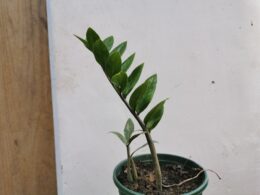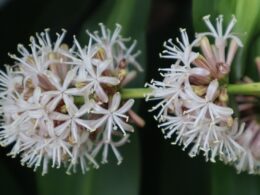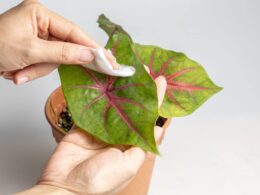What Is an Exotic Angel Plant?
If you’re wondering what Exotic Angel plants are, it’s actually a collection of 400 types of houseplants developed by Hermann Engelmann Greenhouses, Inc. For this reason, there isn’t one recipe for Exotic Angel plant care.
The reason for developing this line was to bring the beauty of nature inside people’s homes. Hermann Engelmann’s company was acquired by Costa Farms after he died – and left a beautiful legacy behind.
The term “Exotic Angel” is a registered trademark, which is why you’ll only find plants bearing this name at certain retailers. The varieties of Exotic Angel plants are too many to list here, but some popular ones include the following:
- croton;
- dracaena;
- ficus;
- ivy;
- nerve plant;
- philodendron;
- pothos;
- spider plant;
- snake plant;
- zebra plant.
As you can see, this is a wide variety of plants! In other words, there’s an Exotic Angel plant for everyone – whether you’re a beginner or a seasoned pro. They’re also used in a variety of ways to decorate homes. For example, you might find them in hanging baskets, dish gardens, terrariums, or even as topiary.
Exotic Angel Plant Care – General Tips
Now that we know what Exotic Angel plants are, let’s get into some tips for Exotic Angel plant care. The first thing to keep in mind is that these varieties come from all over the world. As a result, they have different needs when it comes to light, water, and temperature. Before you buy an Exotic Angel plant, take a look at the tag or label. It should give you an idea of the plant’s needs.
Once you have your Exotic Angel plant home, place it in an area that meets its light requirements. For example, if you bought a snake plant, it would be happy in a room with bright light – but could also tolerate lower light levels. On the other hand, an ivy plant needs a spot with bright, indirect light.
When it comes to watering, again – it depends on the plant. Some Exotic Angel plants like to be kept on the drier side, while others prefer more moisture. As a general rule of thumb, allow the top inch of soil to dry out before watering.
Finally, Exotic Angel plants like to be kept warm – with most varieties happy in temperatures between 65 and 75 degrees Fahrenheit. Again, this can vary depending on the plant – so it’s always best to check the label or tag.
Angel Vine Plant Care Requirements
Now, let’s take a look at some other plants that people might call ‘angel plant.’ First up is the angel vine, or Muehlenbeckia complexa. This plant is native to New Zealand, and it’s an evergreen climber with beautiful small leaves. Here’s what it needs:
- an all-purpose potting mix;
- a well-draining container;
- a thorough watering when the top 2-3 inches of soil are dry;
- little to no fertilizer;
- full sun;
- warm temperatures (65 to 80 °F);
- average room humidity (30% to 40%).
Follow these angel plant care requirements, and your angel vine should be happy! You can also propagate it from seed or by taking cuttings in the summer and planting them directly in the soil.
Angel Wings Plant Care
Next on our list are angel wings, or Senecio ‘Angel Wings.’ This plant is a cultivar of Senecio candicans, which is a succulent plant native to India. The ‘Angel Wings’ variety has beautiful silver foliage. Here’s what it needs:
- rich, well-drained soil;
- little watering once the plant is established;
- one dose of fertilizer every spring;
- full sun or partial shade;
- pruning any dead leaves and flowers;
- temperatures between 70 and 80 °F;
- low humidity.
By following these angel plant care tips, you should have a healthy angel wings plant decorating your home. Propagating them is also possible. To do it, cut off an 8-inch-long piece of stem with 3-4 nodes. Allow the cutting to callus over, then plant it in soil and keep it moist for 2 weeks to encourage rooting.
Pink Angel Plant Care
Last but not least is the pink angel plant, or Fittonia albivenis, also known as the nerve plant. It’s native to Colombia, Peru, Bolivia, Ecuador and Brazil. The pink angel plant has dark green leaves, with pink veins running through them. Here’s what it needs:
- well-drained potting soil;
- regular watering when the top inch of soil is dry;
- bright, indirect light;
- a monthly dose of fertilizer during the growing season;
- temperatures between 65 and 80 °F;
- high humidity (use a pebble tray with water or a humidifier if the air is dry).
By following these pink angel plant care instructions, you’ll have a beautiful plant gracing your home with its green-and-pink foliage. Fittonia can be propagated from leaf or stem cuttings.
Enjoy Growing Angel Houseplants of All Kinds!
So there you have it – a care guide for four different types of ‘angel plants.’ By following the tips in this article, you should have no problem keeping your plants healthy and happy. Whether you’re growing them as indoor plants or in a garden, their requirements are pretty clear.
Remember that overwatering any plant can lead to root rot. And if you’re growing plants that prefer direct light indoors, you’ll need to keep them on a sunny windowsill – otherwise, they may not look as pretty.
Do you have any other ‘angel plant’ in mind? Share your angel plant care tips in the comments below!





